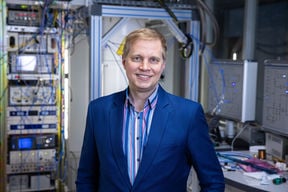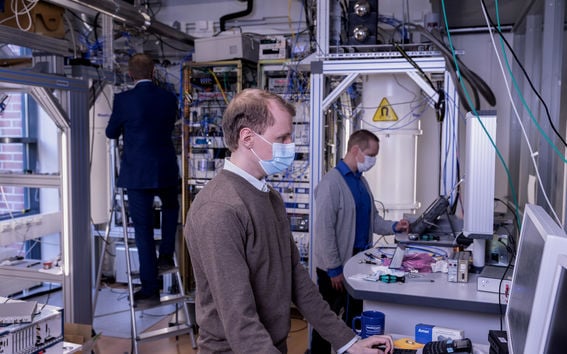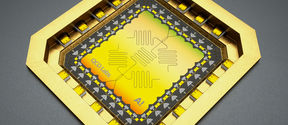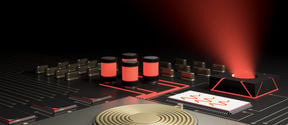Professor Mikko Möttönen of Aalto University and VTT has received a €2.5 million ERC Advanced Grant from the European Research Council for the ConceptQ project. This is the fifth time Möttönen has received one of the extremely competitive ERC grants.
Möttönen’ s team aims to develop a new qubit which will more accurately carry out quantum operations, such as those used in quantum computing. The team will also develop electronics that can operate at temperatures near absolute zero – in the millikelvin range.
‘Our new qubit does not require changes in the manufacturing process. In other words, this project is developing a new processor but using familiar materials,’ says Möttönen. ‘The structure of the new qubit is also very simple, which usually increases the yield in fabrication. There are no islands in the structure where electrons could be trapped, and the qubit is insensitive to disturbances in the electric field, for example’, he explains.
The main advantage of the new qubit is that it has more irregular back-and-forth movement of electric current, or non-linearity, than the common transmon qubit.
‘It’s precisely because of the stronger non-linearity that the new qubit can work faster without leaking to the wrong states, out of the zero-one computational space into a two or three’, Möttönen says and continues:
‘Unlike a classical bit, which can only have the value of zero or one, a quantum bit, or qubit, can have both values at the same time – that’s the property behind the great potential of quantum computers. But in theory, a qubit has an infinite number of states, and the states two and three can also be in a superposition.’ Möttönen explains that these additional states are typically not used in calculations and hence lead to errors.
‘The new qubit is more accurate because there is not as much time for errors to appear as usual. The current transmon qubit slips fairly easily into the wrong levels if you try to operate it too quickly. When that happens, the calculation goes awry and the end result is probably wrong,’ he explains.







